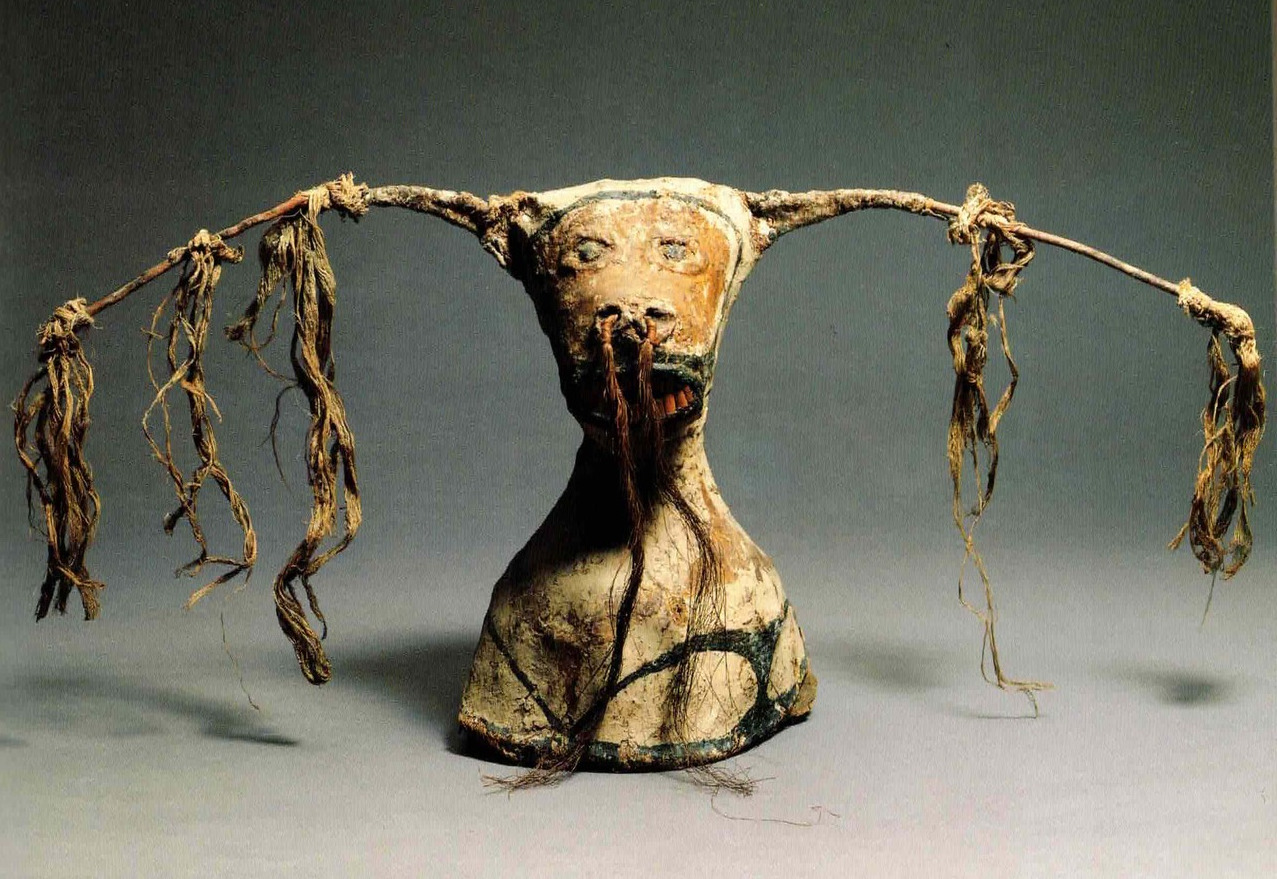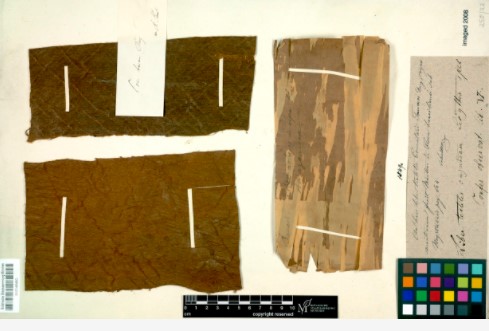Gabriele Herzog-Schröder
The ethno-botanical intertwining of the Amazonian collections of Spix and Martius
About 200 years ago, two Bavarian scientists, the zoologist J.B. Spix and the botanist C.F.P. Martius, returned from a four-year journey through Brazil with ample items of scientific interest, particularly the collections from Amazonia. This assemblage of zoological samples, botanical specimens and ethnographic valuables was fundamental for the establishment of key collections in Bavaria: the Zoologische Staatssammlung München (ZSM), the Botanische Staatssammlung München (BSM) and the Bavarian ethnological museum, today’s Museum Fünf Kontinente. Decades after their arrival through the famous “Brasilianische Reise” (1817-1820), the assemblage was separated into different collections, due to the then valid conceptual break-up into different scientific branches.
The project shifts from this divided perspective upon academic knowledge to a re-combination of the natural-scientific (botanical) and ethnographic collections. Complex “ethnographic artefacts” such as baskets and masks will be portrayed with particular attention paid to the practical/technical skills and bonds combining materials and substances as they were deployed by the original makers. In corresponding fashion, the botanical material will be explored in its elaboration as herbarium samples, the preparation of “natural scientific specimen” and their archival existence as complex cultural items in their own right. Environmental knowledge is foregrounded by contrasting botanical, historical, ethnographic, and linguistic information of a contemporary Indigenous people, the Yanomami, forest dwellers of the borderland between Venezuela and Brazil. Novel ethno-botanical knowledge is thus gained from, and projected back upon, 200-year-old material things from Amazonia, thereby highlighting their value as “archives of environmental knowledge”.
For more information on the research initiative, visit the project page of Beyond the nature/culture divide.
 Impressive masks, like this one in the shape of a monkey made by the Ticuna, were fabricated by Amazonians to perform rite-of-passage rituals. Several of these masks were gathered by the Bavarian researchers in the early 19th century and subsequently given to the Museum Fünf Kontinente. Photo: Swantje Autrum-Mulzer.
Impressive masks, like this one in the shape of a monkey made by the Ticuna, were fabricated by Amazonians to perform rite-of-passage rituals. Several of these masks were gathered by the Bavarian researchers in the early 19th century and subsequently given to the Museum Fünf Kontinente. Photo: Swantje Autrum-Mulzer.
 Travelling through Northwest Amazonia, Martius collected samples of Couratari Tauari bark cloth. This fibre was used to cover ritual masks like the one in the shape of a monkey. The botanical specimens collected during the Brazil voyage are stored in the Botanische Staatssammlung München (BSM). Photo: BSM.
Travelling through Northwest Amazonia, Martius collected samples of Couratari Tauari bark cloth. This fibre was used to cover ritual masks like the one in the shape of a monkey. The botanical specimens collected during the Brazil voyage are stored in the Botanische Staatssammlung München (BSM). Photo: BSM.

